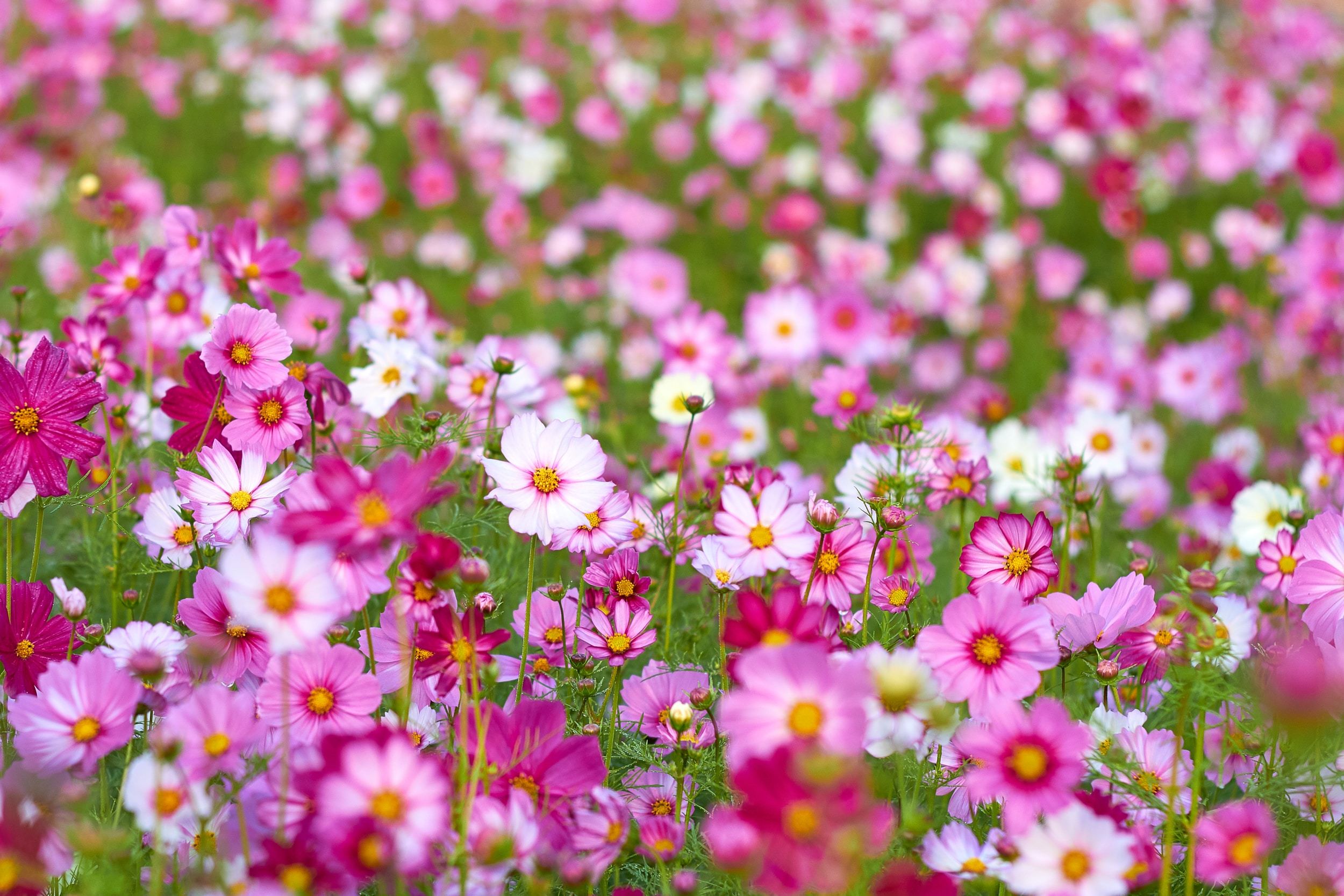June

See below for tasks and ideas for this month.

At last! Warm temps and long daylight hours. What's more, we are going to be harvesting too!
This month allows us to put insecond crops that can take the heat, even as we are savoring and preserving our spring crop harvest.
- Walk about at least once a day and pull any odd weed you find. Best time to pull 'em is just as ya see's 'em.
- Harvest herbs. You can chop and add to the freezer or the dehydrator. (Basil should be put into olive oil if freezing so it will retain it's vibrant color.)
- in a few weeks, the first garlic cloves can be pulled and cured, and then stored as is whole bulbs, dried for powder, jarred in olive or even pickled in a salt brine.
- The first potatoes are about ready. You'll know when the plant begins to die. Once you pull them, put them onto cardboard in a single layer in a shaded location (basement, shed, garage) so their skin can thicken for protection. Cook the small ones for the silky tender goodness of "new potatoes".
- Eat that lettuce! It's going to bolt in the heat. Try planting more in a shady location.
- Pick those peas and handle them immediately so they don't get starchy. I like to par boil the shelled peas for about 1 minute. Cool in an ice bath, strain, bag up and freeze. They are as sweet as sweet corn.
- Indeterminate tomatoes are going to get tall, so we need to support them. I use tee posts and mesh fencing. Then I can use velcro garden tape or jute twine or clips to attached the tomatoes to the mesh. Keep picking off the lower leaves that could be splashed on (and contract an illness), and also the suckers that grow at a 45 degree angle. You can put them into water to root and plant them out as a second batch of plants. The indeterminate ones will get to their particular size and just fruit at that height so cages work pretty well for these.
- Be on the lookout now until fall for tomato hornworms. They are the same color green as the stems and about the size of an medium index finger to the second knuckle. Very hard to spot. You will know when whole leaves are chewed away to the stem and poop is spotted on the remaining leaves. You can handle them with gloves or without, drop them into a bucket of soapy water or (yikes) smush them. Also check for dark brown-black egg sacks on it's back. These are parasitic wasp eggs and the larvae would have killed the worm soon. But it's nice to know if things are in balance.
- Check the pickling cucs daily, as that is how fast they can get beyond use. We don't want these large. Four-five inches is the favorite stage for most. If you planted garlic and dill, you have the makings of a fine pickle. A crispy pickle is a fermented pickle though some say you can use a grape leaf or two to hold the crispness in a cooked pickle. Fermented foods are lacking in most people's diets, so that is the route I like best.
- If you haven't done so yet, you can plant bush or pole beans, salad cucs, peppers of all kinds, sweet potatoes, summer squashs like zucchini, winter squashes, melons, corn, onions (check for type recommendations for your region; long or short day or neutral), ground cherries, tomatillos, eggplant, carrots, and even regular potatoes.
- Once you have planted your heat lovers, think about fall. Do you want to have some pumpkins or gourds. Brussel sprout planted out by the end of July will produce in the cooler, shorter days of fall and sweeten more because of it. Start them inside by month's end and transplant out by the end of July or the first week of August. Parsnips too are tastier if harvested in the cool and they have a long growing season, but must be direct seeded in the ground.


